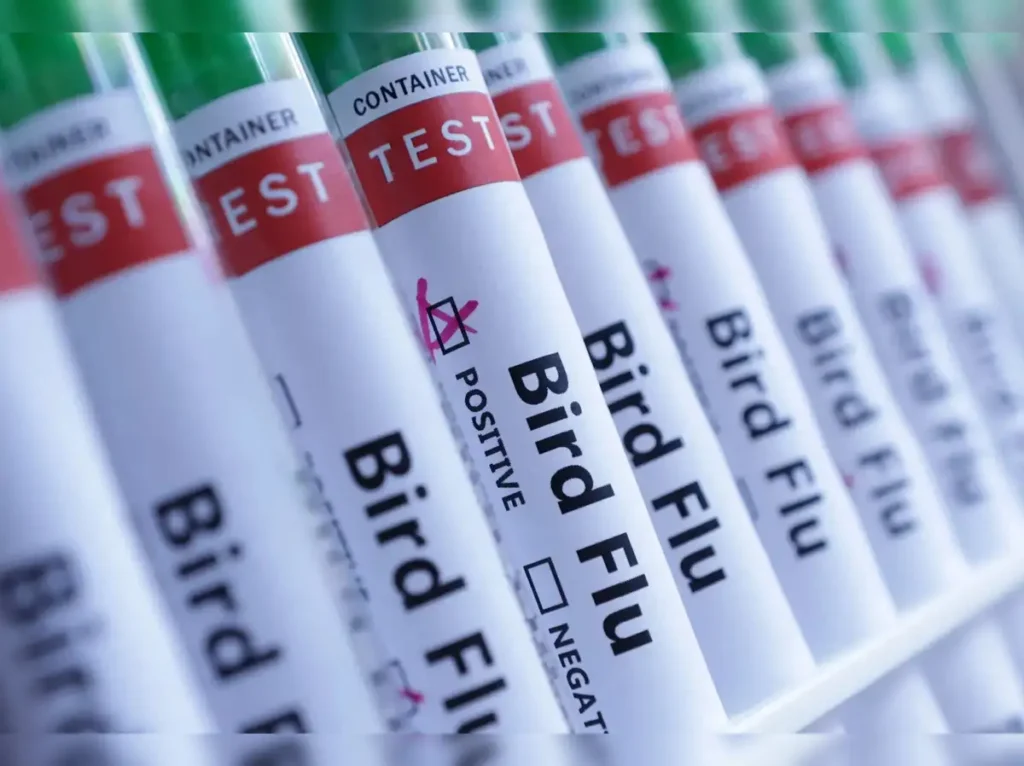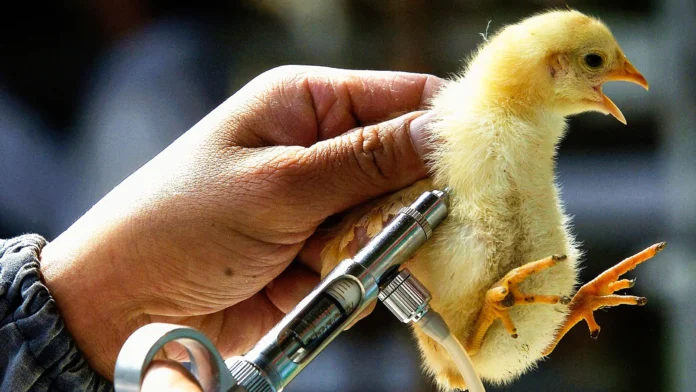As memories of the COVID-19 pandemic slowly fade from the global spotlight, a new warning is emerging—and this time, it’s about bird flu. Virologists and public health experts from more than 40 countries are speaking out with urgency: the H5N1 avian influenza virus is spreading more widely, adapting in concerning ways, and it’s time for world leaders to take it seriously.
In a sweeping new commentary published this week in The Lancet Regional Health–Americas, the Global Virus Network (GVN) makes it clear: H5N1 is no longer just an agricultural issue. It’s evolving into a looming human health threat.
A Virus on the Move
For decades, bird flu has lurked mostly in poultry farms and wild birds, occasionally infecting humans in close contact with animals. But in recent months, that pattern has started to shift in troubling ways.
“In the U.S., sporadic human infections with no known contact with infected animals highlight the possibility of viral adaptation for efficient human-to-human transmission,” GVN scientists wrote.
Let that sink in: people are getting sick without any clear link to infected birds or animals. That’s a red flag in the world of epidemiology. It suggests that H5N1 might be learning to spread more easily among people—a chilling echo of the early days of COVID-19.
Adding fuel to the fire, the virus is now widespread in North America. It has infected over 995 dairy cow herds and at least 70 people across the U.S. This includes some severe cases and, tragically, the first reported H5N1-related death in the country.
“The virus’s ability to infect both animals and humans, combined with recent genetic changes, underscores the importance of proactive surveillance and rapid response,” said Dr. Sten H. Vermund, chief medical officer of the GVN and dean of the USF Health College of Public Health. In simpler terms: this is no time to wait and see.
A Devastating Toll on Animals—And a Warning for Humans
Since 2022, the bird flu crisis has led to the culling or death of more than 168 million poultry animals in the U.S. alone. Every state in America, along with Canada, has reported cases. And while the virus hasn’t yet proven it can spread easily from human to human, experts warn it could be just a few mutations away.
“We’ve seen this movie before,” said Elyse Stachler, a GVN member and research scientist at the Broad Institute of MIT and Harvard. “Viruses evolve, and if we don’t catch those changes early enough, they can outrun our response efforts.”
Stachler and her colleagues are pushing for a “robust nationwide monitoring system” to catch new outbreaks in animals before they spill over into people. She emphasized that trust with farmworkers, who are often on the front lines, will be crucial. “We can’t monitor effectively without buy-in from the people who are most exposed.”
What Makes H5N1 Different—And Dangerous
Unlike seasonal flu, which spreads every year but usually causes mild illness, H5N1 is considered a highly pathogenic virus. In bird flu, it kills swiftly. In humans, while rare, it can cause severe respiratory disease, pneumonia, organ failure, and death.

Symptoms for Bird Flu in humans can include:
- Coughing
- Severe body aches
- Fatigue
- High fever
- Difficulty breathing
In short about bird flu: this isn’t a virus anyone wants to gamble with.
Even more concerning is the fact that H5N1 has recently infected mammals like cows—a new development that expands the virus’s reach and raises fresh fears about its adaptability. Viral mixing between human and animal flu strains could create a version of H5N1 that is not only deadly but also easily transmissible among people.
“We cannot sleepwalk into another pandemic,” warned Dr. Christian Bréchot, president emeritus of the GVN and senior associate dean at the USF Health Morsani College of Medicine. “The situation with H5N1 demands heightened vigilance and collaboration across public health sectors.”
The Experts’ 8-Step Action Plan
So what can be done? The GVN experts have laid out a clear, eight-point roadmap for action—one they hope global leaders will heed before it’s too late.
- Monitor Continuously: Regular testing of animals, milk, wastewater, and farmworkers to track any signs of the virus evolving.
- Accelerate Data Sharing: Countries must swap genomic data in real time to track the virus’s spread and mutations.
- Enhance Biosecurity: From strict farm-cleaning protocols to personal protective equipment (PPE), farms need better defenses.
- Empower Workers: Farmworkers should have access to self-administered diagnostic tests and healthcare services.
- Fund Preparedness: More money is needed for outbreak responses, especially in regions most at risk.
- Predict Risks Early: Invest in tools that predict dangerous traits in flu viruses before they cause outbreaks.
- Develop Vaccines Fast: Stockpile and roll out vaccines for both humans and animals as soon as possible.
- Study the Virus Closely: Conduct clinical research on emerging strains, potential treatments, and vaccines.
It’s a comprehensive plan—and one informed by the hard lessons of COVID-19, when delays in surveillance and response allowed a local outbreak to become a global catastrophe.
Pandemic Fatigue vs. Pandemic Preparedness
Yet, the call for action comes at a tricky time. Around the world, pandemic fatigue is real. Governments are under pressure to move on from COVID-19, and public health funding has been slashed in many countries.
“We get it—people are tired of hearing about pandemics,” said Dr. Vermund. “But ignoring H5N1 won’t make it go away. In fact, it could make the consequences much worse down the road.”
Indeed, the story of pandemics is often a story of missed warnings. SARS in 2003, MERS in 2012, and COVID-19 in 2019 all began as localized outbreaks before spiraling out of control. H5N1 has been on scientists’ radar since the late 1990s, but the virus’s recent leap into North American livestock marks a dangerous turning point.
“If we fail to act now,” Bréchot added, “we risk paying a much higher price later—both in lives and in economic terms.”
What Ordinary People Can Do
While much of the heavy lifting will need to be done by governments, public health agencies, and the agricultural industry, there are still steps individuals can take:
- Stay informed through credible sources like the CDC and WHO.
- If you work with animals, follow recommended safety guidelines.
- Avoid direct contact with wild birds or sick animals.
- Get your seasonal flu shot—it won’t protect against H5N1 directly, but it reduces the risk of co-infections that could help new viruses emerge.
Above all, experts say, the public needs to shake off complacency.
“We’ve just lived through the cost of being unprepared,” Stachler said. “Let’s not make that mistake again.”
A Call to Action
As of now, there’s no cause for panic—but there is every reason for vigilance. H5N1 is a clear and present danger that could either fizzle out with proper containment or ignite into the world’s next pandemic if ignored.
The choice, experts say, is still ours to make. And time is ticking.


